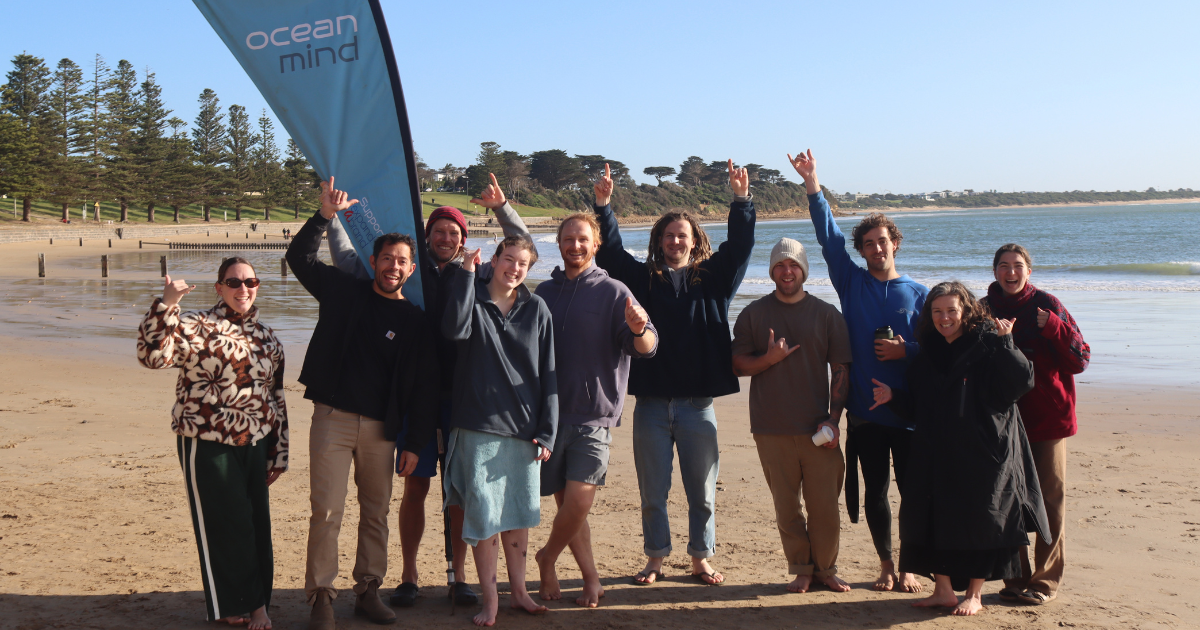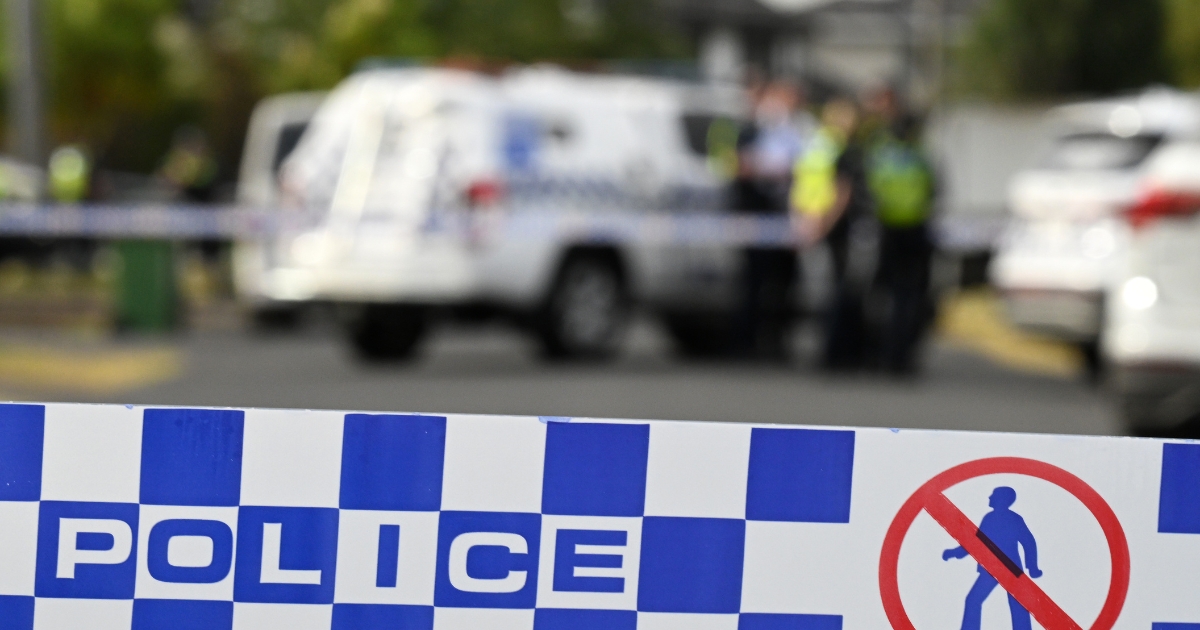Region’s annual road toll increases

The Victorian government says it has installed more than 2,500km of new safety barriers on the state’s highest risk roads to prevent head-on and run-off road crashes. Photo: TRANSPORT ACCIDENT COMMISSION
MORE people died in south-west Victoria and across the state last year than in 2020, according to the latest figures released by the Victorian government.
Over the past calendar year, 236 people died on Victorian roads, compared with 211 in 2020.
Despite the increase, regional Victoria recorded its second lowest number of road fatalities in a 12-month period.
In the Barwon South West region, which includes the municipalities of Geelong, Surf Coast and Colac Otway, there were 24 lives lost in 2021, compared to 22 in 2020.
The road toll in the City of Greater Geelong declined for the second year in a row, with the six fatalities down from 10 in 2020 and 14 in 2019.
Crashes on high-speed roads continued to be a challenge in regional Victoria, where people are often driving longer distances and fatigue is too often fatal.
Tragically, 36 people died while not wearing a seat belt, well up on the five-year average (23), while 96 fatalities were in vehicles more than 10 years old that often lack the modern safety features known to save lives.
Nine pedestrians in regional Victoria lost their lives, while cyclist fatalities (10) were down on the 14 recorded in 2020.
Motorcyclist deaths increased to 41 (from 32 in 2020) and were equal with the five-year average, with 26 of these occurring on metropolitan roads.
Research from the Transport Accident Commission (TAC) this year revealed more than two-thirds of people killed on regional Victorian roads are locals to the area, contrary to perceptions that it is mostly visitors from metropolitan Melbourne dying on unfamiliar roads.
Between 2016 and 2020, 63 per cent of people killed on Barwon South West roads died within a 30km radius of their home.
The Victorian government says there is more to be done to reduce road trauma, and will continue to work with the Road Safety Partnership, industry partners, and the community.
The Road Safety Strategy 2021-2030 and Action Plan works across policy, education, technology, enforcement, vehicle safety and infrastructure to improve safety for vulnerable road users.
The strategy sets ambitious targets to halve road deaths and significantly reduce serious injuries by 2030 and sets the state on a path to zero road deaths by 2050.
“Far too many families feel the pain of losing a loved one or having their lives changed forever due to serious injury, which is why we’re continuing to make significant investment in education, technology, infrastructure and vehicle safety to end road trauma,” Minister for Roads and Road Safety Ben Carroll said.
“We have looked out for each other over the last two years and now as Victorians enjoy travelling and the holidays in the new year let’s carry that attitude with us and help each other stay safe by being calm and taking it easy on the roads.”
The Victorian government says it has spent $300 million for more than 150 safety upgrades to regional, urban and peri-urban roads in partnership with the federal government, including installing more than 2,500km of new safety barriers on the state’s highest risk roads to prevent head-on and run-off road crashes.
“Victoria’s road safety agencies are working together to protect Victorian road users and will continue rolling out the measures required to achieve this, but we can’t do it alone – everyone has a role to play in keeping our roads safe,” TAC chief executive officer Joe Calafiore said.
“Whether you’re driving, riding or crossing the road, please make the right choices – pay extra attention, share the road safely, click in your seat belt, stick to the speed limit and don’t drive drunk or on drugs.”

















